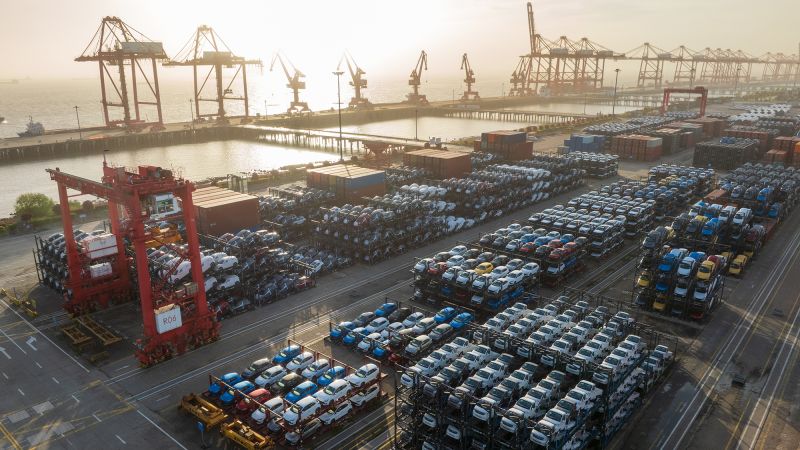Countries have traditionally used tariffs to protect domestic industries, but research shows that the economic impact may not live up to expectations. The Biden administration recently announced new tariffs on Chinese exports, which are expected to have minimal near-term effects on GDP, inflation, and monetary policy. Economists predict that this could be the start of a prolonged period of economic conflict between the US and China, building on former President Trump’s previous tariffs on Chinese imports.
The economic growth, inflation, and the Federal Reserve are factors to consider when implementing tariffs. While the recent tariffs are not expected to significantly affect monetary policy, past examples of tariffs on steel, aluminum, tires, and other imports have shown mixed results. Tariffs can have negative impacts such as higher prices for consumers and job losses, while also potentially saving jobs in specific industries. However, these actions may not always result in a net economic benefit.
Economists generally view tariffs as a bad idea due to the disruptions they cause to the movement of goods and services. Tariffs lead to higher prices for consumers and producers and can hinder a country’s ability to specialize and benefit from free trade. The costs of tariffs are often passed down to importers, retailers, and consumers, leading to higher prices and inefficiencies in the market. The positive economic effects of tariffs may not always be clear-cut and can have political implications as shown in research studies.
The COVID-19 pandemic has further complicated the effects of tariffs on US manufacturing and trade. The pandemic disrupted global supply chains, causing US importers to shift away from Chinese goods temporarily. However, as demand increased and supply normalized, imports from China also surged back up. Data suggests that imports from countries apart from China have increased, indicating potential shifts in manufacturing locations to avoid tariffs. Recent ocean and air freight data also points to China potentially bypassing US tariffs through other countries like Mexico, raising concerns about the effectiveness of tariffs in the long run.
In conclusion, tariffs have been a long-standing economic tool used by countries to protect domestic industries, but their effectiveness in achieving desired outcomes is debatable. The recent tariffs imposed by the Biden administration on Chinese exports may have minimal immediate economic impacts but could signal a new phase of economic conflict between the US and China. The long-term effects of tariffs on economic growth, inflation, and trade patterns require careful consideration, as past examples have shown mixed results. The complexity of global supply chains and the political implications of tariffs further complicate their effectiveness as an economic policy tool.


